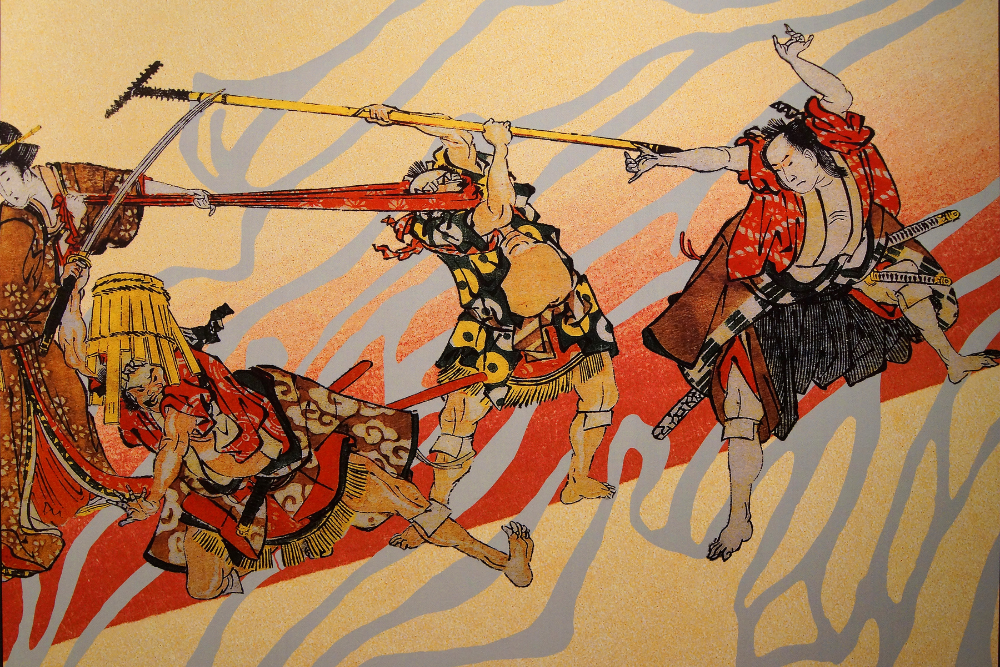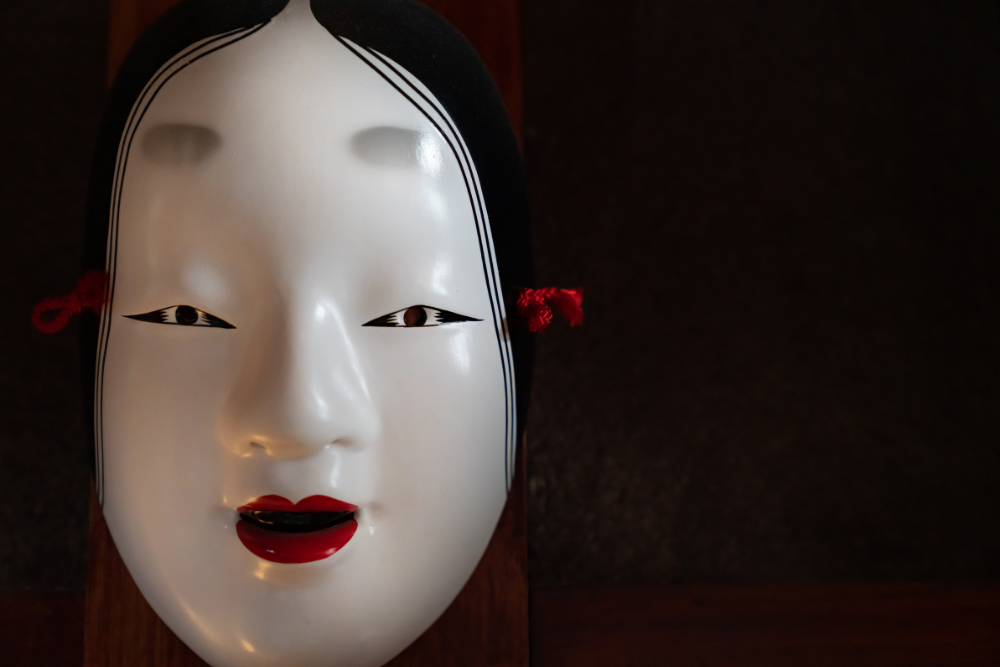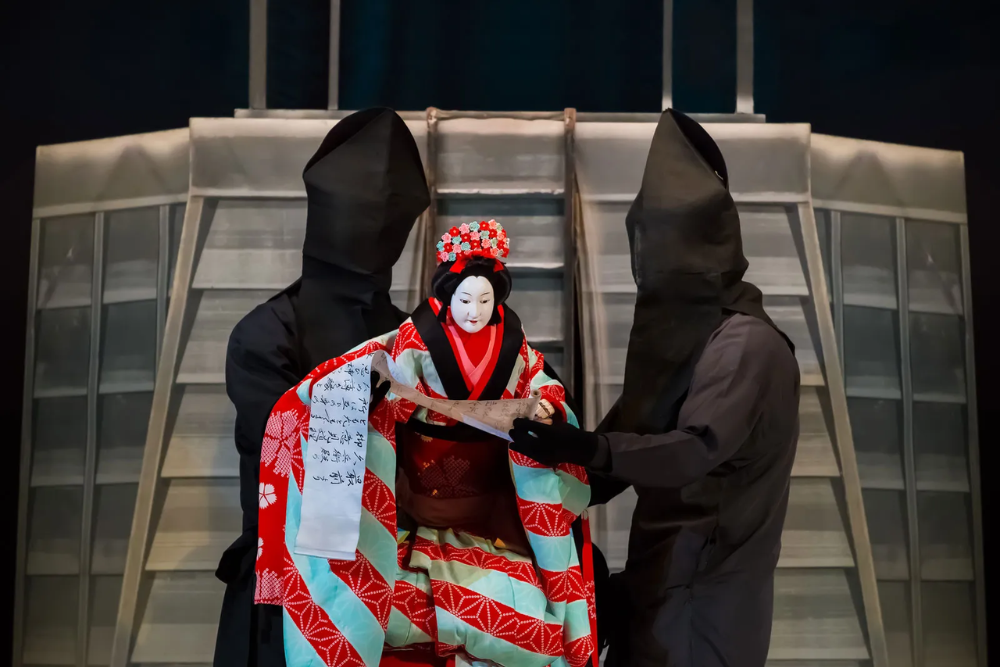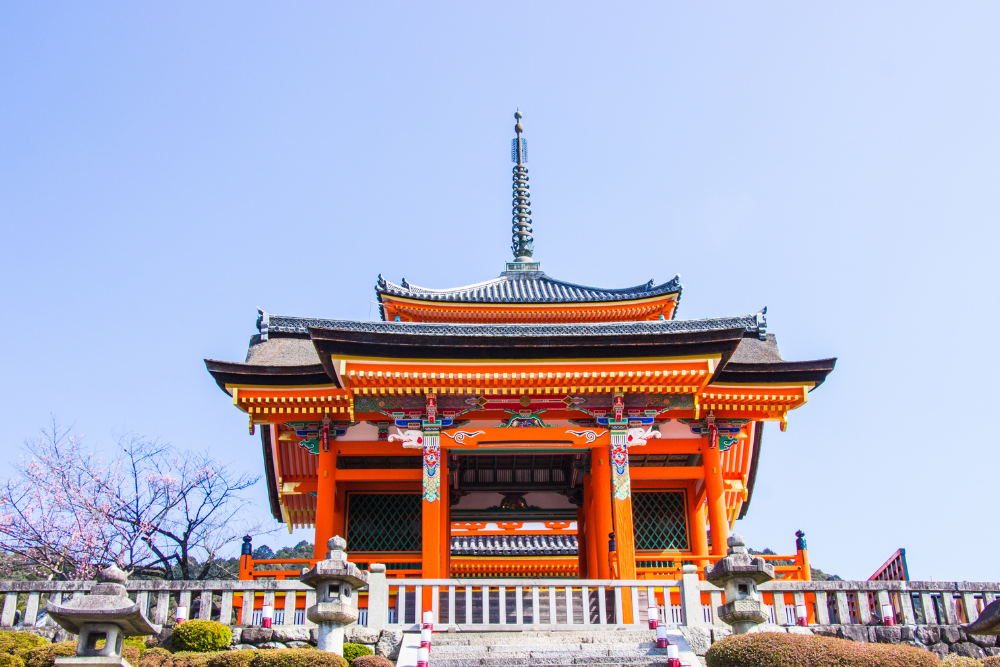Tokyo is a vibrant hub for traditional Japanese performing arts, offering a variety of ways to experience centuries-old theatrical forms like Kabuki, Noh, Bunraku, and Rakugo. These performances showcase Japan’s rich cultural heritage, featuring elaborate costumes, dramatic storytelling, and unique stage techniques. Whether you’re a first-time visitor or a seasoned theatergoer, this guide will help you navigate the best places to experience traditional Japanese theatre in Tokyo.
1. Kabuki – Japan’s Most Spectacular Theatrical Art
What is Kabuki?
Kabuki is a highly stylized form of Japanese theatre that dates back to the Edo period (1603–1868). It features exaggerated acting, stunning costumes, elaborate makeup (kumadori), and dramatic narratives rooted in historical events and folk tales.
Where to Watch Kabuki in Tokyo:
Kabukiza Theatre (Ginza) – The Premier Kabuki Venue
- Why Visit? Kabukiza is Tokyo’s most famous Kabuki theatre, offering daily performances in an elegant, traditional setting.
- What to Expect? Full-length plays can last several hours, but single-act tickets (hitomaku-mi) allow you to experience Kabuki in a shorter time.
- How to Get Tickets? Buy tickets online, at the box office, or through same-day ticket booths for single-act performances.
Tip: Non-Japanese speakers can rent English audio guides to understand the storyline and cultural context.
National Theatre (Hanzomon) – A More Intimate Experience
- Hosts high-quality Kabuki performances with occasional English subtitles.
- Offers educational programs introducing Kabuki to beginners.
2. Noh and Kyogen – Japan’s Oldest Theatre Traditions
What are Noh and Kyogen?
- Noh is a minimalist, slow-paced performance art with masks, chanting, and subtle movements, often depicting supernatural themes.
- Kyogen is a comedic form performed between Noh plays, featuring humorous, everyday-life stories.
Where to Watch Noh in Tokyo:
National Noh Theatre (Sendagaya) – The Best Place for Authentic Noh
- Why Visit? The National Noh Theatre regularly hosts performances with English program notes.
- What to Expect? Traditional performances in a serene atmosphere, where subtle expressions and poetic storytelling take center stage.
Yarai Noh Theatre (Shinjuku) – An Intimate Noh Experience
- A historic, family-run theatre offering an up-close view of the performances.
- Occasional performances with modern interpretations of Noh.
Tip: If you’re new to Noh, consider attending a Noh lecture or workshop before watching a full performance to better appreciate the art form.
3. Bunraku – Traditional Japanese Puppet Theatre
What is Bunraku?
Bunraku is a form of traditional puppet theatre featuring large, intricately crafted puppets operated by three puppeteers. The storytelling is accompanied by a live narrator (tayu) and shamisen music, creating an emotionally intense performance.
Where to Watch Bunraku in Tokyo:
National Theatre (Hanzomon) – Tokyo’s Bunraku Hub
- Why Visit? Regularly hosts Bunraku performances, showcasing classical stories with English program notes.
- What to Expect? Stunningly detailed puppetry and powerful narration that brings dramatic stories to life.
Tip: Arrive early to watch the pre-show demonstrations explaining how the puppets are controlled.
4. Rakugo – The Art of Traditional Japanese Storytelling
What is Rakugo?
Rakugo is a form of solo comedic storytelling where the performer, seated on a cushion, uses only a folding fan (sensu) and a small cloth (tenugui) to depict multiple characters. It’s humorous, engaging, and deeply rooted in Edo-period entertainment.
Where to Watch Rakugo in Tokyo:
Asakusa Engei Hall (Asakusa) – A Historic Rakugo Theatre
- Why Visit? A lively venue showcasing both traditional and modern Rakugo performances.
- What to Expect? Short, witty stories delivered in a rapid-fire style, with lots of humor and wordplay.
Suehirotei Theatre (Shinjuku) – An Authentic Edo-Period Ambiance
- One of the oldest Rakugo theatres in Tokyo, offering daily performances.
- A great place to enjoy traditional Japanese humor in a nostalgic setting.
Tip: English Rakugo performances are occasionally held at special events or cultural centers like the International House of Japan.
5. Takarazuka Revue – A Unique All-Female Theatrical Performance
What is Takarazuka?
Takarazuka is a modern theatrical form where all roles, including male characters, are played by female performers. It combines Western musical influences with elaborate staging and extravagant costumes.
Where to Watch Takarazuka in Tokyo:
Takarazuka Theatre (Hibiya) – The Tokyo Home of Takarazuka
- Why Visit? A one-of-a-kind experience featuring dazzling performances of romantic dramas and historical stories.
- What to Expect? Highly theatrical productions with grand musical numbers and visually stunning costumes.
Tip: Tickets sell out quickly, so book in advance through the official Takarazuka Revue website.
How to Enhance Your Theatre Experience in Tokyo
- Attend a Workshop: Many cultural centers offer hands-on experiences, such as learning Kabuki makeup or trying on a Noh mask.
- Rent an English Audio Guide: Available at major theatres, these guides provide explanations of the plot and cultural significance.
- Combine Theatre with Cultural Sightseeing: Pair a theatre visit with a trip to historic districts like Asakusa or Ginza for a full cultural experience.
Conclusion
Experiencing traditional Japanese theatre in Tokyo offers a deep dive into Japan’s artistic heritage, from the visually stunning Kabuki performances to the refined elegance of Noh and the humor of Rakugo. Whether you choose to watch the grandeur of Kabukiza Theatre, the immersive storytelling of Bunraku, or the witty humor of Rakugo, Tokyo provides countless opportunities to explore Japan’s unique performing arts.
For an unforgettable cultural experience, book your tickets in advance, embrace the traditions, and enjoy the timeless beauty of Japan’s theatre scene.












